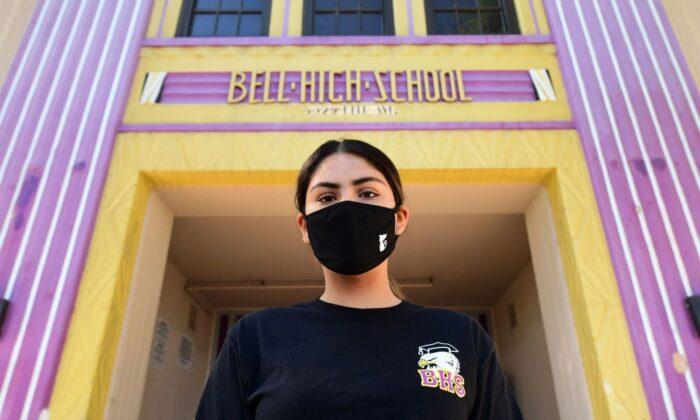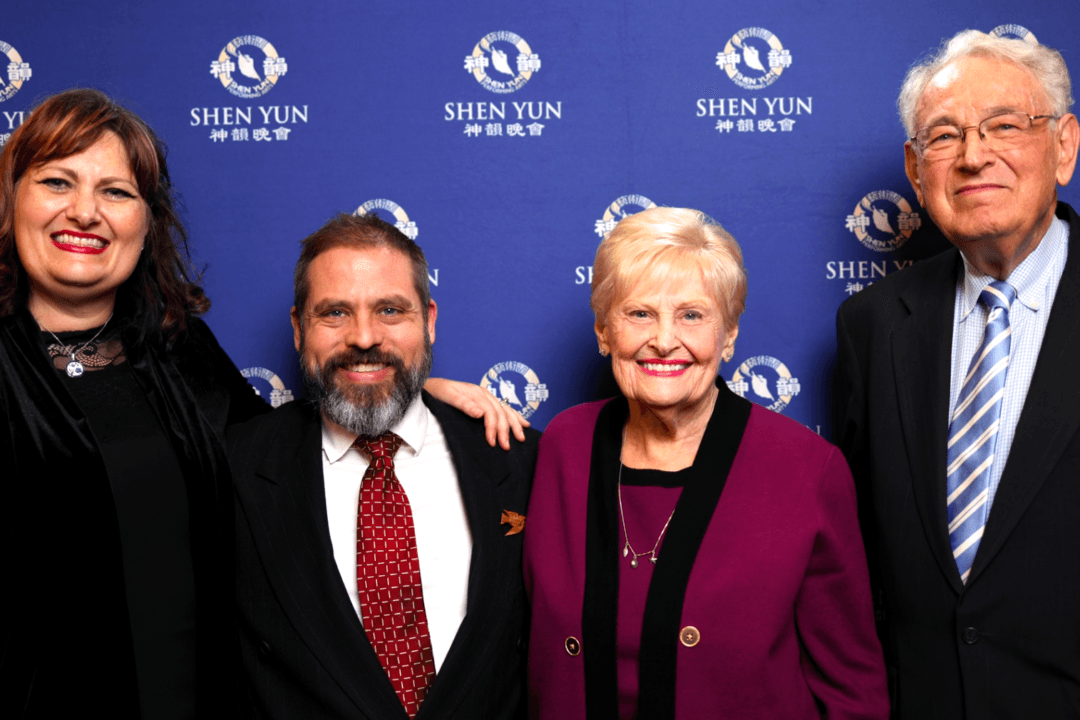SANTA CLARA, Calif.—As schools prepare to reopen in September, they face not only the challenge of doing so safely amid concerns about COVID-19. They must also do so on a tighter budget.
The California School Boards Association (CSBA) hosted a webinar on June 16 to discuss its guidelines on reopening schools. Vernon Billy, CEO and executive director of CSBA, said during the meeting, “Additional staff, additional teachers, … screening equipment, potentially additional buses, additional sanitization stations—all ... will have to be implemented in the next few weeks to months.”
The governor has directed $4.4 billion in federal aid to schools, but CSBA and a panel of experts at the June 16 webinar said more money will be needed. “We are continuing to push ... for increasing the education funding,” said Erika Hoffman, CSBA Legislative Advocate. “Schools need that assistance.”
Guidelines for Reopening
The CSBA released a 20-page report on June 9 with its guidelines to reopening schools. It says there’s no clear cut solution, but it provides a general framework for district and county boards to make decisions under the current funding.CSBA reported that almost 80 percent of local education agencies are looking at a hybrid approach to reopening—neither fully reopening, nor maintaining full-force distance learning, but rather some combination of the two.

The report recommended school districts survey families and staff to identify their needs and preferences for the upcoming school year, and to find out the number of families that need options for distance learning or which teachers would return to campuses.
It recommends additional mental health support.
It suggests local education agencies look at scheduling classes to limit the number of students and staff on campus at any given time. “Schools, however, are not designed for the degree of physical distancing recommended by public health officials,” stated in the CSBA report.

The California Department of Public Health announced that it will distribute medical supplies to schools and childcare centers, including 47,000 no-touch thermometers, 2.4 million face shields, 14 million cloth face coverings, 16 million disposable masks, 123,000 N95 masks, and 143,000 gallons of hand sanitizer.





